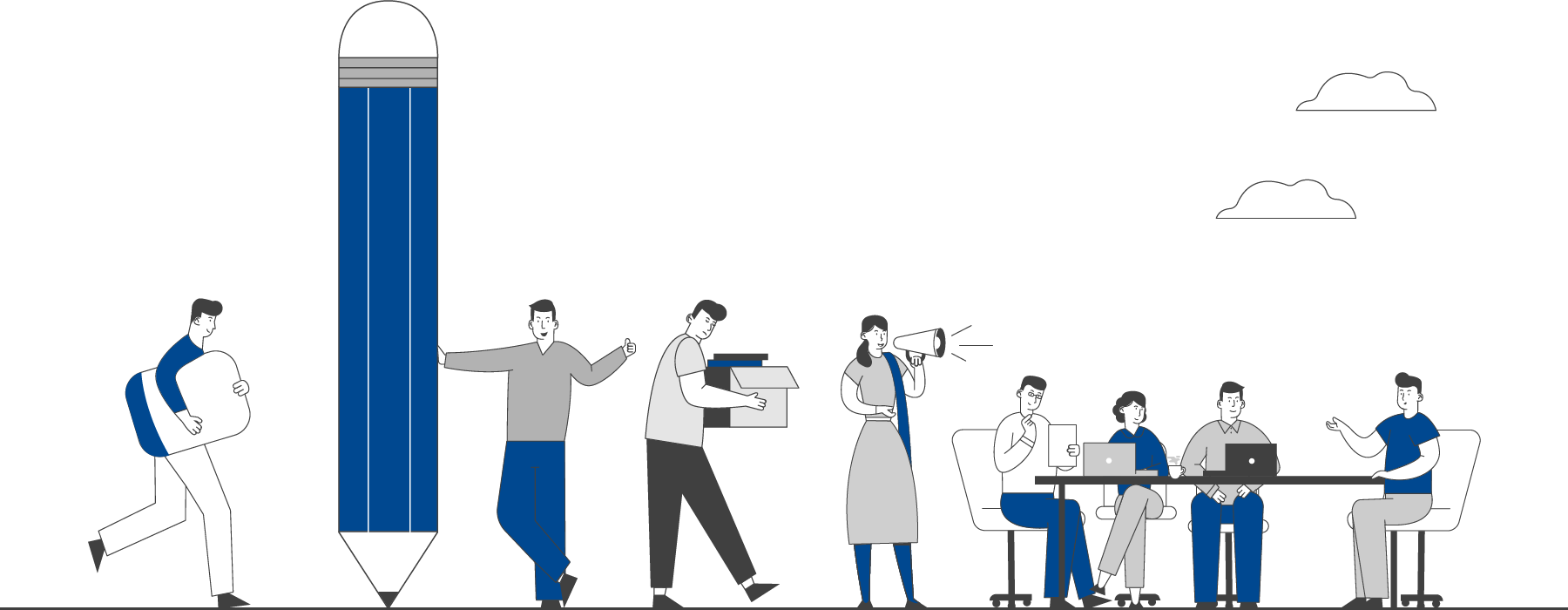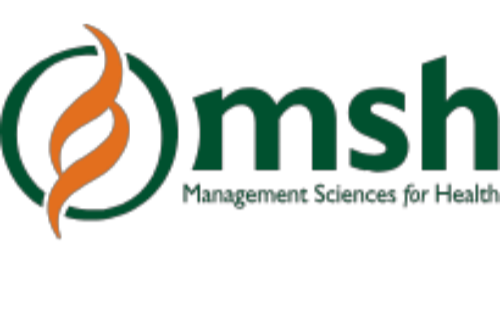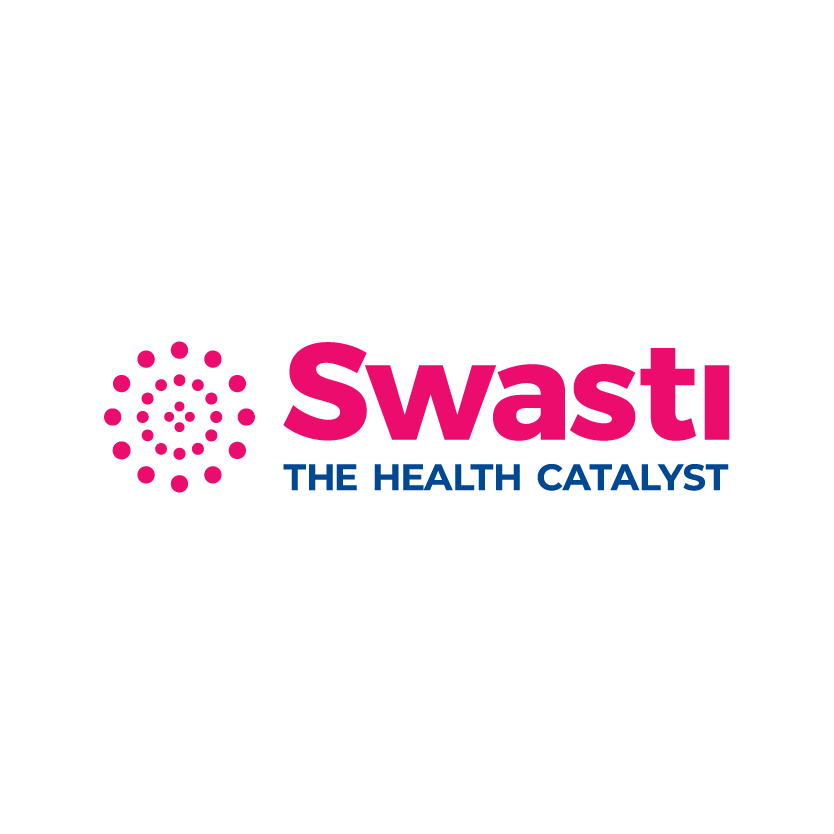

This section hosts guidelines, manuals and toolkits to strengthen public health practice.
Resources
FILTER
BY CATEGORY
View All
Use of pragmatic and explanatory trial designs in acute care research: lessons from COVID-19
07 Jul 2022by Jonathan D Casey, Laura M Beskow, Jeremy Brown, Samuel M Brown, Étienne Gayat et al 30 MIN
Almost every area of medicine and society has been impacted by the COVID-19 pandemic. It has significantly affected people's lives and economies around the world, but recent advancements in vaccines prevent infections and serious sickness. Hope for a post-pandemic existence is provided by early stage4–7 and late stage8–10 COVID–19 successful therapies. Additionally, there is hope that the pandemic's extraordinary investment in clinical research has opened up new chances in other fields of medicine. In the design, execution, and analysis of clinical trials comparing therapies already in widespread clinical use, a similar but less well-known evolution occurred during the pandemic, producing stark contrasts between the strategies used by different countries to evaluate and use repurposed therapies as treatments for patients admitted to hospitals for COVID-19. Traditional explanatory trials are less well adapted to the assessment of medications currently in widespread clinical use, but they are good for drug discovery research and can be used to evaluate innovative therapies on a timetable that is pertinent during a pandemic. Although pragmatic trials have the potential to improve patient outcomes during a pandemic, they also raise ethical and regulatory questions regarding approaches to informed consent and safety monitoring. Pragmatic trial methods allow rapid and efficient enrolment of a representative trial population and are ideal for studies evaluating processes of care and therapies already in common clinical use. Explanatory trials are ideal for assessing novel therapies, but pragmatic trial approaches, like those employed in the RECOVERY trial, have the potential to significantly improve the efficacy and generalizability of acute care clinical trials and offer conclusive proof for a number of widely used treatments during and after the COVID-19 pandemic.
Related File :
3637491664.pdfCategories
COVID-19

 EXPLORE DATA
EXPLORE DATA 



























